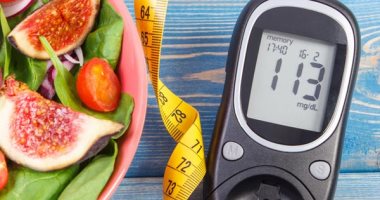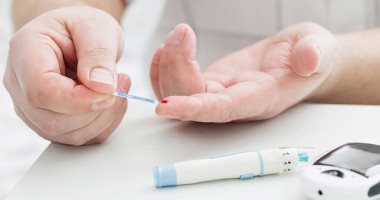Low blood sugar is one of the most prominent problems that diabetics suffer from, so it is advised to measure blood sugar regularly and follow up with the treating doctor, according to what was mentioned mayoclinic Immediate treatment of hypoglycemia is necessary when blood sugar levels are 70 milligrams per deciliter (mg / dL) or 3.9 millimeters per liter (mmol / L) or less. The treatment includes rapid steps to return the blood sugar level to normal. Either through high-sugar foods, drinks, or medications, long-term treatment requires identification and treatment of the underlying cause of hypoglycemia..
According to Mayoclinic, the symptoms of low blood sugar are:
1: Arrhythmia.
2: Paleness of the skin.
3: Extreme Fatigue.
4: Shivering.
5: Anxiety.
6: Sweating.
7: Hunger.
8: Tingling sensation around the mouth.
9: Confusion or abnormal behavior, or both, such as the inability to complete routine tasks.
10: Visual disturbances such as blurred vision (blurred vision).
11: Seizures.
12: Loss of consciousness.

When to visit the doctor?
Seek medical help immediately if:
You suffer from what may be symptoms of hypoglycemia and you do not have diabetes.
You have diabetes and low blood sugar that is not affected by treatment. The initial treatment for hypoglycemia is drinking juice or regular non-alcoholic drinks, eating sweets, or taking glucose tablets. If this treatment does not raise your blood sugar level and improve your symptoms, contact your doctor immediately..
There are many causes of hypoglycemia. It is most common to occur as a side effect of drugs used to treat diabetes, but to understand how low blood sugar occurs, it may help to know how your body normally deals with blood sugar.
When you eat, your body breaks down carbohydrates from food such as bread, rice, pasta, vegetables, fruits and dairy products into different sugar molecules, including glucose..
If you haven’t eaten for several hours and your blood sugar level drops, another hormone from your pancreas, called glucagon, sends signals to your liver to break down stored glycogen and re-release glucose into the bloodstream. This keeps your blood sugar level within normal limits until you eat again.
– .


